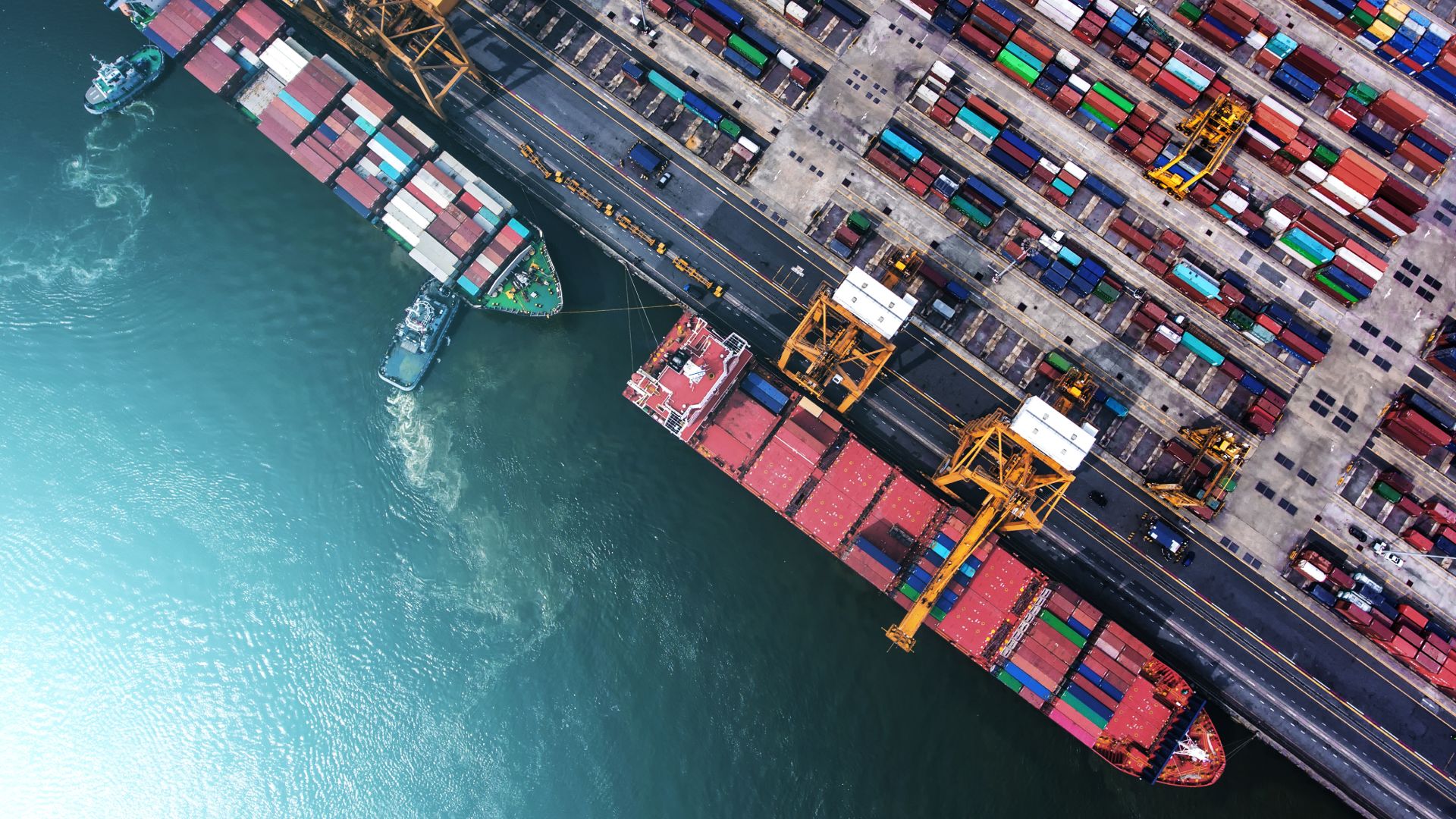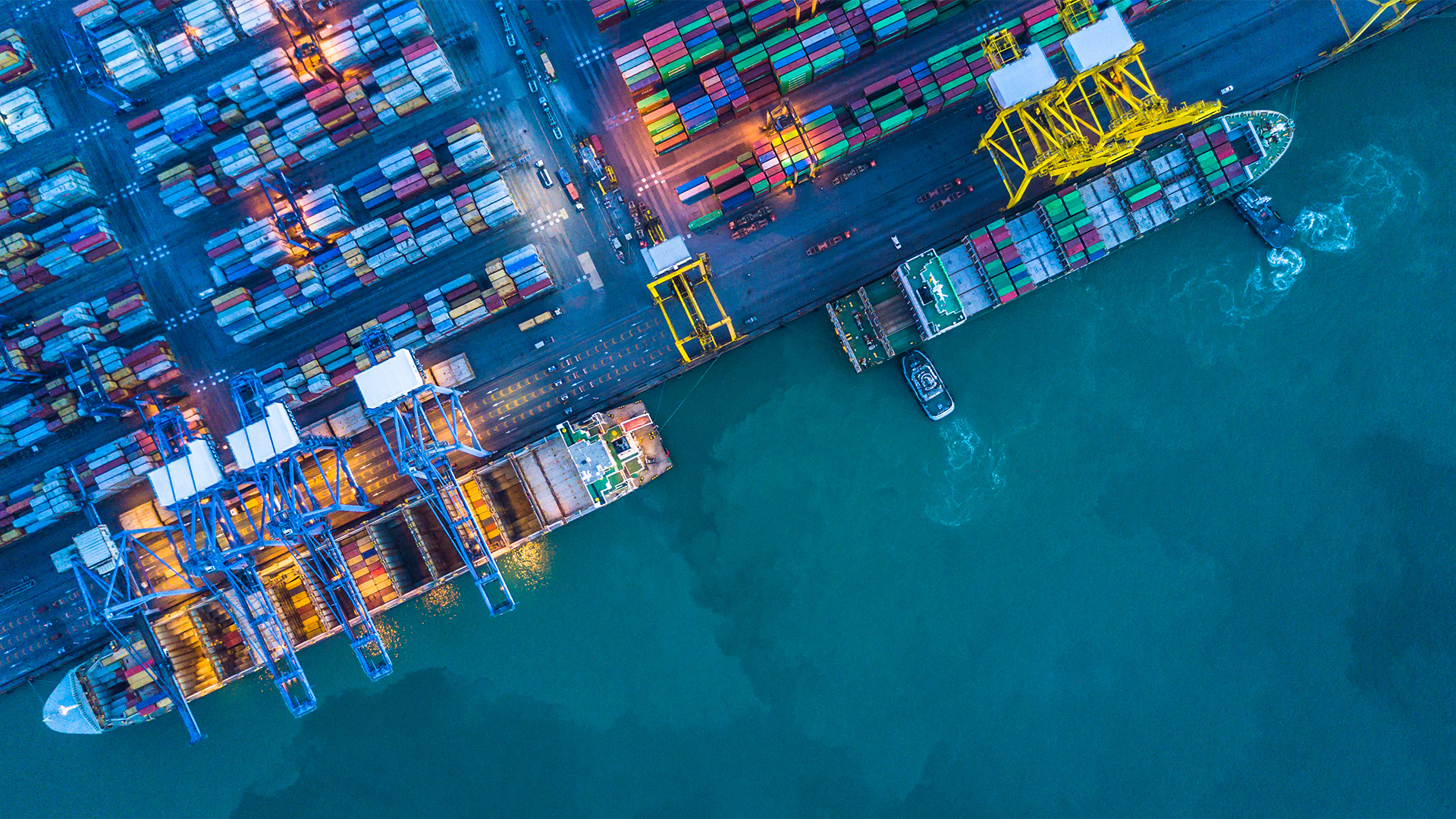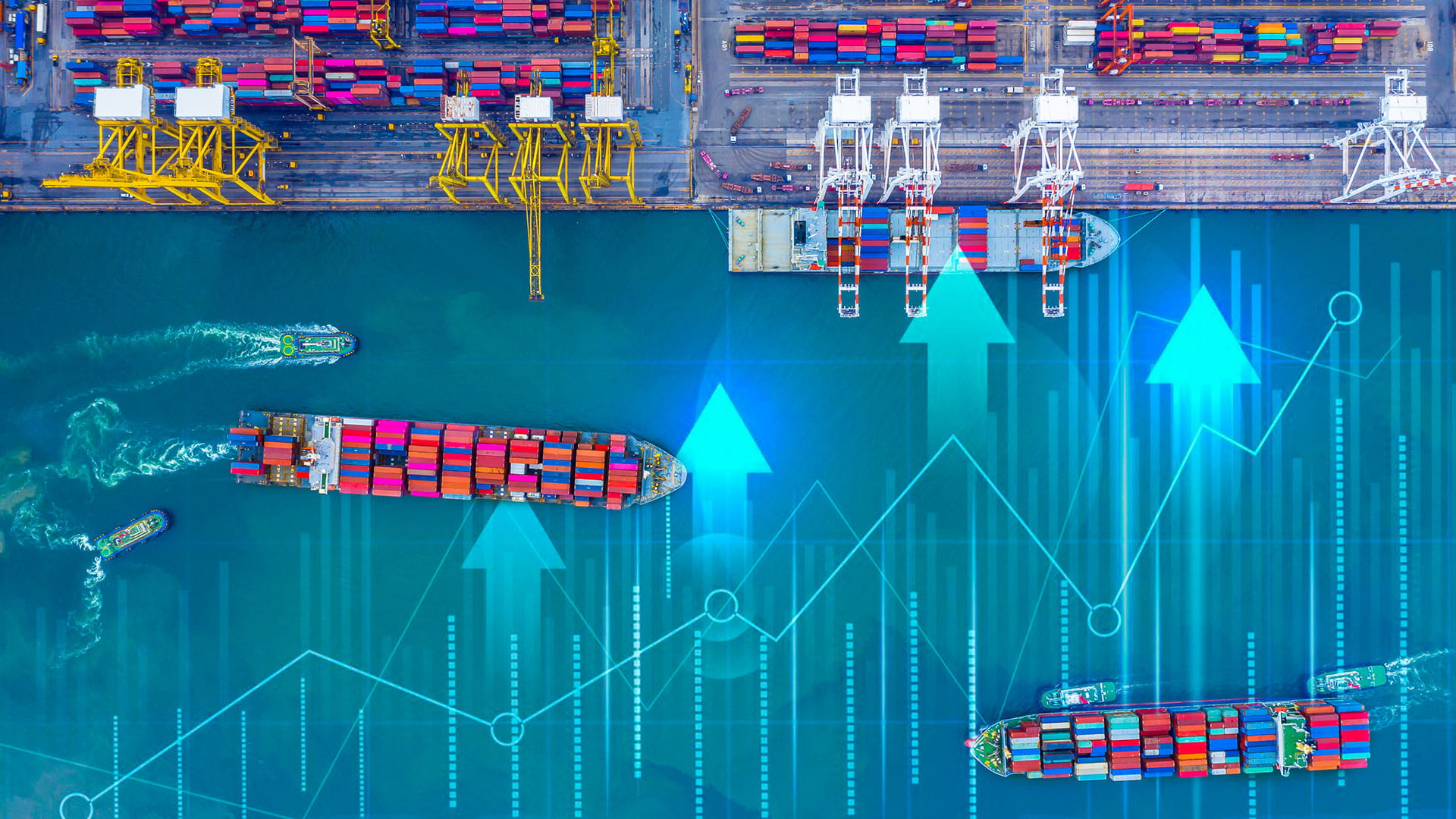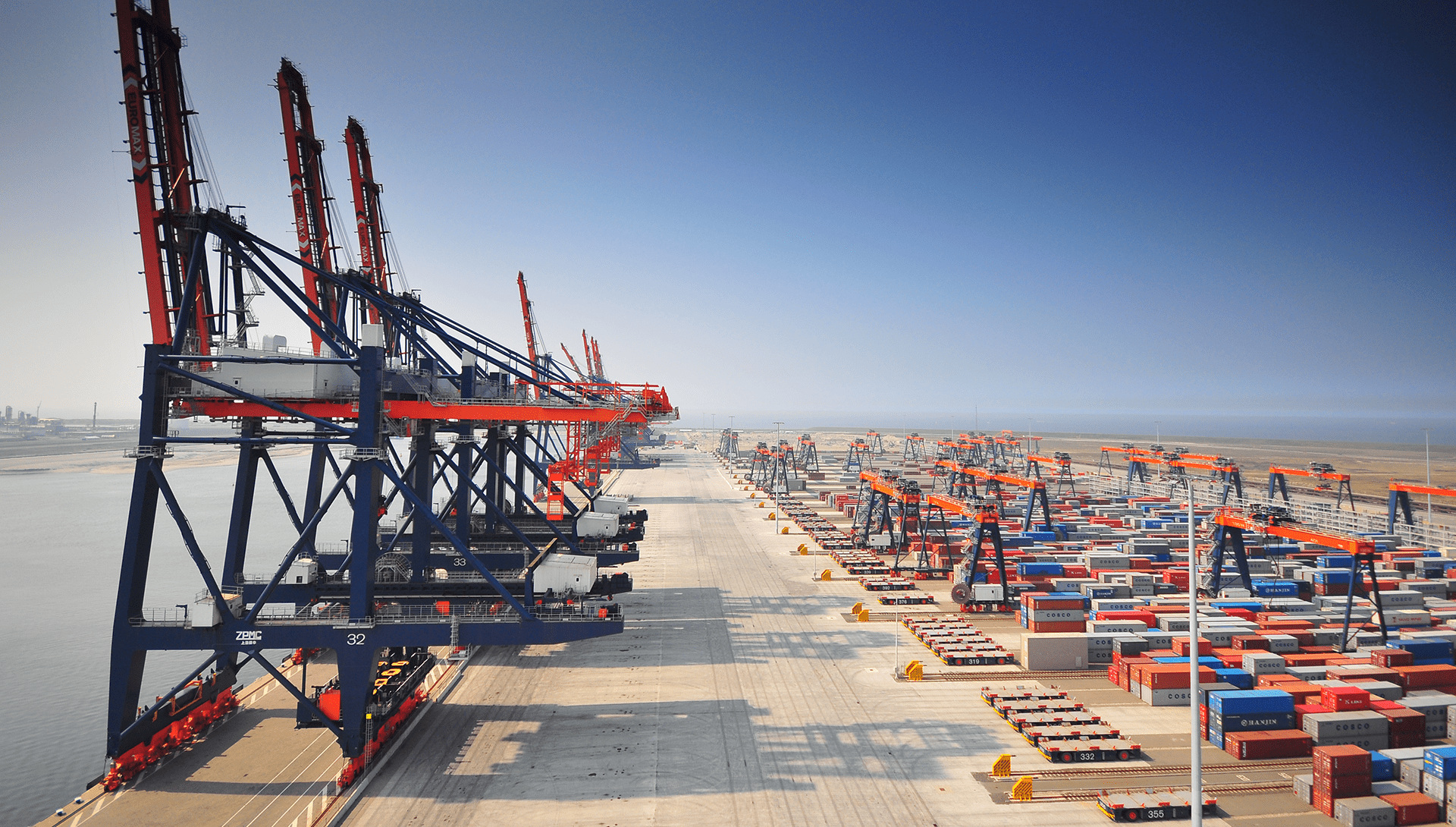Using berthing simulations for optimal shore power configurations

Terminals are under pressure from regulatory bodies, stakeholders, and the public to reduce their carbon footprint. And a proven way to do so is by offering shore power to vessels at berth.
Shore power removes the need for vessels to continuously run their engines, reducing emissions and pollution as well as noise levels and vibrations around the terminal. But shore power systems require large investments in electrical infrastructure. These costs are slowing down adoption.
Portwise – a consultancy and simulation firm – and Haskoning have teamed up to help ensure terminals can make the most appropriate investments as they prepare to offer shore power at their facilities.
We conducted a research study exploring the potential of using berth simulations to optimise shore power system configuration in container terminals.
You can explore our detailed findings in Port Technology International’s previously published article, or read on for the highlights.
Shore power zones and their impact on cost and wait times
We used Portwise’s established simulation tool TRAFALQUAR, which simulates a year of vessel arrivals and quay handling. We then created a generic case study of a large container terminal with a continuous quay that would be capable of serving the largest container vessels in the world.
Using TRAFALQUAR, we analysed the effect this reduction would have on vessel waiting times at anchorage.
CAPEX savings
To offer shore power, terminals need a general power grid connection, an intake station, a substation, converter stations, a distribution network, and vessel connection points. The design and amount of these components depends on the number of shore power zones on the terminal.
We investigated the cost savings associated with “saving” one shore power zone and found an estimated saving of 1.1 million EUR to 2.6 million EUR. The cost saving primarily comes from the reduction of converter modules, savings in the distribution network, and other system components.
Vessel waiting times at anchorage
Reducing the number of available shore power zones impacts the number of vessels that can be berthed at any one time – although vessel waiting time would logically be lowest without the need for shore power connection.
We ran berth simulations in TRAFALQUAR to understand the effect of the number of shore power zones in different scenarios.
For the same throughput, larger vessels and call sizes need fewer shore power zones as their bigger lengths mean fewer vessels can be berthed simultaneously. From this we concluded that reducing the number of shore power zones was unlikely to be a bottleneck for these vessels.
Terminals receiving smaller vessels will earlier experience shore power-induced waiting times, as there is room to berth a larger number of smaller ships simultaneously but only when a shore power zone is available.
The developed tooling can help find the right approach for each specific terminal
In summary, we found that predicting the vessel berthing patterns and demand for shore power connections along a quay can help reduce the number of shore power zones needed. And doing so can lead to significant cost savings of up to 2.6 million EUR per shore power zone.
We also propose a multi-criteria analysis framework to evaluate technical, operational, and commercial aspects of shore power system configurations. By looking at costs, anchorage times, and the specific characteristics of your terminal and the vessels you serve, you get a comprehensive picture of the optimal shore power system for you.
Don’t forget to check out Port Technology International’s article to learn more about the study. And get in touch with our expert team to discuss how berth simulations could help optimise your facility.
![[object Object] [object Object]](https://www.haskoning.com/-/media/images/employees-profile-pics/k/krom-jan-kees.png?h=500&iar=0&w=500&hash=5e04c89c3b5ebfdf1e409f77729c31ef)



